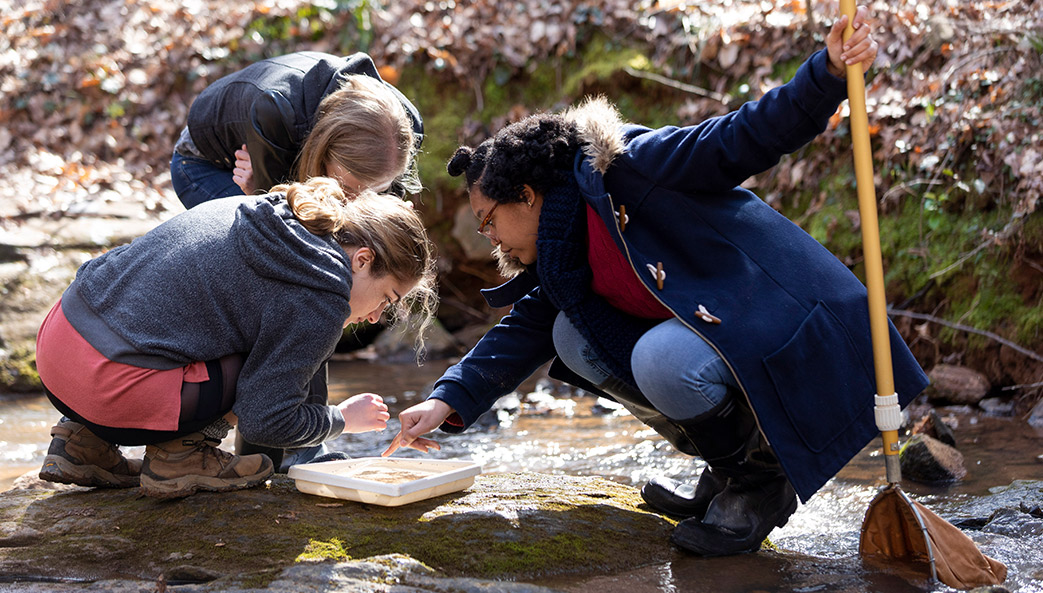Governments and donors have spent billions of dollars since the 1992 Rio Earth Summit attempting to slow the pace of species extinctions around the world. Those efforts are working, according to a paper published in Nature that provides the first clear evidence.
The study by an international team of researchers found that the $14.4 billion that countries spent on conservation from 1992 to 2003 reduced expected declines in global biodiversity by 29 percent.
“This paper sends a clear, positive message: Conservation funding works,” says senior author John Gittleman, dean of the Odum School of Ecology.
The study, led by Anthony Waldron of Oxford University, the University of Illinois, and the National University of Singapore, shows that conservation spending by 109 signatories of the United Nations Convention on Biological Diversity significantly reduced biodiversity loss in those countries.
To accurately explain the impact of conservation funding by country, the researchers looked at government and nongovernmental organization spending targeted toward protecting biodiversity in several countries from 1992 to 2003, and at changes to biodiversity in each from 1996 to 2008—a lag time that would allow for that spending to have had an effect. The researchers also examined how human development placed stress on species and their habitats.
Among the study’s findings were that 60 percent of the world’s biodiversity loss could be attributed to seven countries: Indonesia, Malaysia, Papua New Guinea, China, India, Australia and, principally driven by species loss in Hawaii, the U.S. Meanwhile, another seven countries—Mauritius, Seychelles, Fiji, Samoa, Tonga, Poland and Ukraine—saw their biodiversity improve.
“The good news is that a lot of biodiversity would be protected for relatively little cost by investments in developing countries with high numbers of species,” Gittleman says. He cautions against complacency, noting that as development pressures increase, conservation spending will have to keep pace. Policymakers could use the model to determine these budgets.
By providing evidence that conservation funding has already had a significant impact on the protection of global biodiversity, the authors hope that more countries will be motivated to invest in meeting international biodiversity commitments.
“For 25 years, we have known that we need to spend more on nature conservation, or face a modern mass extinction as serious as that of the dinosaurs,” Waldron says. “But governments and donors have been unwilling to come up with the necessary budgets, often because there was little hard evidence that the money spent on conservation does any good. This finding should now encourage decision makers to re-engage with the Earth Summit’s positive vision, and adequately bankroll the protection of Earth’s biodiversity today.”
This story appeared in the spring 2018 issue of Research Magazine. The original press release is available at https://news.uga.edu/conservation-funding-works/.






